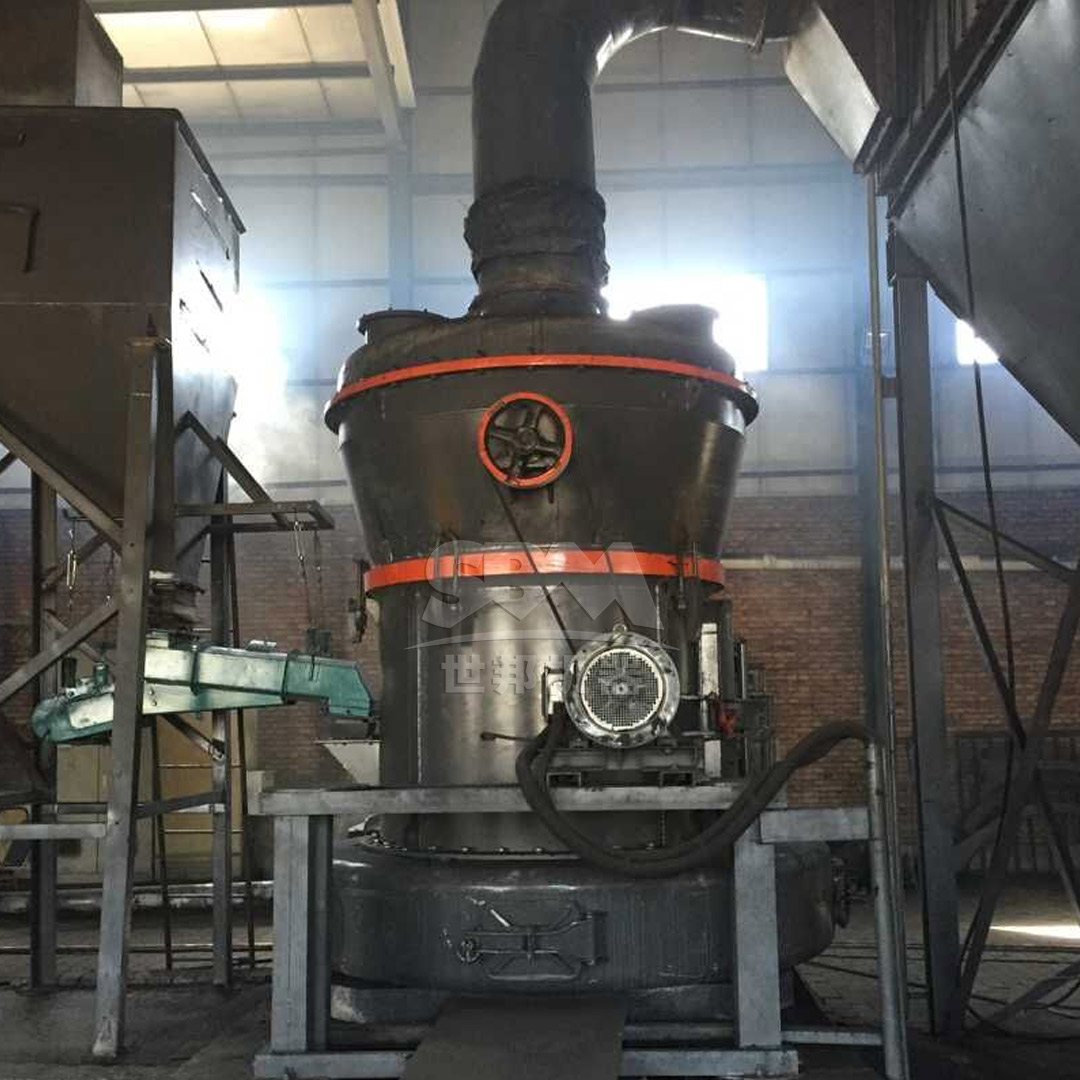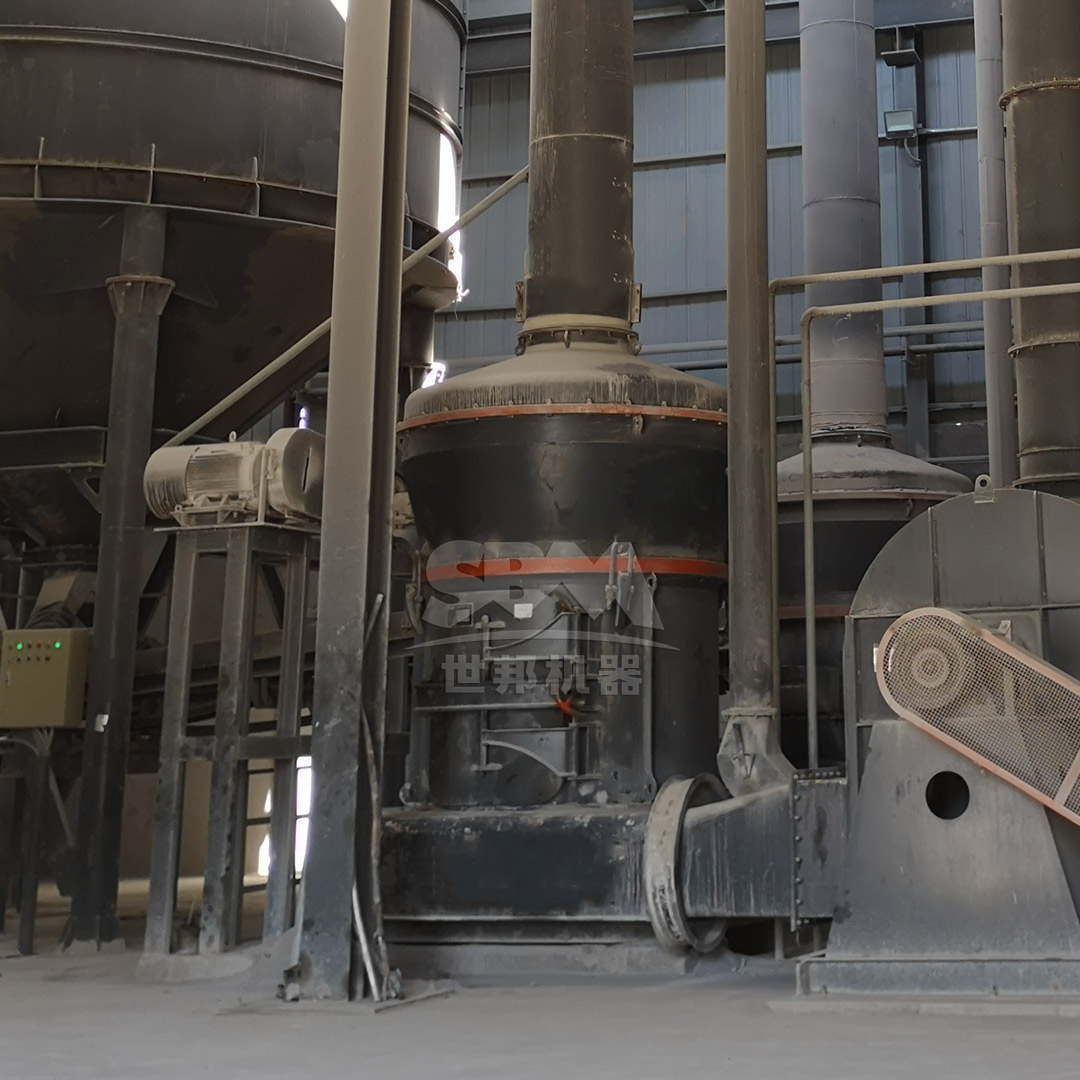Dolomite, a calcium magnesium carbonate mineral (CaMg(CO₃)₂), presents unique challenges in grinding operations due to its moderate hardness (3.5-4 on Mohs scale) and specific cleavage properties. While hammer mills have been traditionally used for various mineral processing applications, their effectiveness for dolomite grinding requires careful examination of both technical capabilities and operational limitations.

Hammer mills operate on the principle of impact-based size reduction, where rapidly rotating hammers strike material fed into the grinding chamber. For dolomite processing, this technology offers several advantages including high throughput capacity, relatively low initial investment, and simplicity of operation. However, the effectiveness of hammer mills for dolomite grinding is significantly influenced by several critical factors:
| Factor | Impact on Dolomite Grinding | Hammer Mill Performance |
|---|---|---|
| Material Hardness | Moderate (3.5-4 Mohs) | Good for coarse grinding |
| Moisture Content | Optimal below 5% | Screen clogging risk above 8% |
| Target Fineness | Varies by application | Limited to 0-3mm range |
| Production Capacity | Scale-dependent | 8-70 tons/hour |
While hammer mills excel in primary and secondary crushing applications, they face significant limitations when producing fine dolomite powders required for industrial applications. The fundamental constraints include:
Particle Size Distribution Control: Hammer mills inherently produce broad particle size distributions, making them unsuitable for applications requiring precise particle size control. The impact-based crushing mechanism generates significant amounts of both oversize and undersize particles, requiring additional classification equipment.
Energy Efficiency Concerns: As the target particle size decreases, the energy consumption of hammer mills increases exponentially. For fine grinding applications below 200 mesh (74μm), hammer mills become progressively less efficient compared to specialized grinding equipment.
Wear and Maintenance Issues: Dolomite’s abrasive nature accelerates wear on hammer tips, screens, and internal linings. The PC4015-132 model, for instance, requires regular replacement of 32 hammer heads, leading to significant downtime and maintenance costs in continuous operations.
For applications requiring fine to ultrafine dolomite powders, the SCM Ultrafine Mill represents a technologically superior alternative. This advanced grinding system addresses the fundamental limitations of hammer mills through several innovative features:
The SCM series achieves remarkable fineness levels of 325-2500 mesh (D97≤5μm), far beyond the capabilities of conventional hammer mills. Its unique grinding mechanism combines multiple grinding principles including extrusion, shear, and impact, resulting in more uniform particle size distribution and significantly reduced energy consumption.

Key Technical Advantages for Dolomite Processing:
| SCM Model | Processing Capacity (ton/h) | Main Motor Power (kW) | Recommended Dolomite Application |
|---|---|---|---|
| SCM800 | 0.5-4.5 | 75 | Laboratory & Small Scale Production |
| SCM1000 | 1.0-8.5 | 132 | Medium Scale Industrial Use |
| SCM1250 | 2.5-14 | 185 | Large Scale Manufacturing |
| SCM1680 | 5.0-25 | 315 | High Volume Production Lines |
For applications requiring intermediate fineness with high throughput, the MTW Series Trapezium Mill provides an optimal balance between grinding efficiency and operational economy. This advanced milling technology incorporates several innovations specifically beneficial for dolomite processing:
The MTW series achieves output fineness between 30-325 mesh (0.038mm), making it ideal for numerous industrial applications including fillers, agricultural supplements, and construction materials. Its curved air channel design minimizes energy loss during material transport, while the wear-resistant volute structure reduces maintenance requirements by 30%.
Operational Benefits for Dolomite Grinding:
The selection between hammer mills and advanced grinding systems for dolomite processing depends on multiple technical and economic considerations. The following comprehensive comparison highlights the key differences:
| Parameter | Hammer Mill | SCM Ultrafine Mill | MTW Trapezium Mill |
|---|---|---|---|
| Output Fineness Range | 0-3mm | 325-2500 mesh | 30-325 mesh |
| Energy Consumption | High for fine grinding | 30% lower than alternatives | Optimized for medium fineness |
| Particle Shape | Irregular, fractured | Uniform, controlled morphology | Consistent, cubical |
| Wear Part Lifetime | Short (frequent replacement) | 2-3x conventional systems | 30% longer than standard mills |
| Noise Level | High (85-100 dB) | Low (≤75 dB) | Moderate (75-85 dB) |
| Dust Control | Basic systems required | Integrated high-efficiency | Advanced pulse technology |
While hammer mills offer lower initial investment, their total cost of ownership for dolomite grinding applications often exceeds that of advanced grinding systems. Key economic factors include:
Operating Cost Structure: Hammer mills typically consume 25-40% more energy per ton of finished product compared to SCM and MTW series mills when producing similar output quantities. Additionally, the higher wear part replacement frequency and associated labor costs significantly impact long-term operational economics.
Product Value Enhancement: Advanced grinding systems produce dolomite powders with superior characteristics including controlled particle size distribution, optimized surface area, and consistent chemical properties. These quality improvements often command premium pricing in specialty markets, enhancing overall profitability.

For applications requiring coarse dolomite particles, such as agricultural liming, construction aggregates, or glass batch preparation, hammer mills remain a viable option. The PC4012-90 model, with its 15-40 ton/hour capacity and 0-40mm feed size capability, provides adequate performance for these applications. However, operators should anticipate higher maintenance intervals and implement comprehensive dust control measures.
For fillers, extenders, and chemical applications requiring medium fineness dolomite powders, the MTW Series Trapezium Mill offers optimal technical and economic performance. The MTW175G model, with its 9.5-25 ton/hour capacity and flexible fineness adjustment, provides excellent versatility for diverse production requirements. The integrated intelligent control system ensures consistent product quality with minimal operator intervention.
High-value applications including plastics compounding, pharmaceutical excipients, and advanced ceramic materials demand the precision grinding capabilities of the SCM Ultrafine Mill. The SCM1250 model, delivering 2.5-14 tons per hour at fineness levels up to 2500 mesh, represents the state-of-the-art in dolomite ultrafine processing. Its advanced classification system ensures absolute particle size control, while the environmentally optimized design meets the most stringent regulatory requirements.
The effectiveness of hammer mills for dolomite grinding is fundamentally limited by technology constraints, particularly for fine and ultrafine applications. While suitable for coarse grinding operations, modern industrial requirements increasingly demand the precision, efficiency, and reliability offered by advanced grinding systems.
The SCM Ultrafine Mill and MTW Series Trapezium Mill represent technologically superior solutions that address the specific challenges of dolomite processing. These systems deliver enhanced product quality, reduced operating costs, and improved environmental performance, providing compelling economic advantages over traditional hammer mill technology.
Equipment selection should be guided by comprehensive technical evaluation considering specific production requirements, product specifications, and total cost of ownership. For most contemporary dolomite grinding applications, advanced milling technologies offer superior performance and economic benefits that justify their implementation over conventional hammer mill systems.